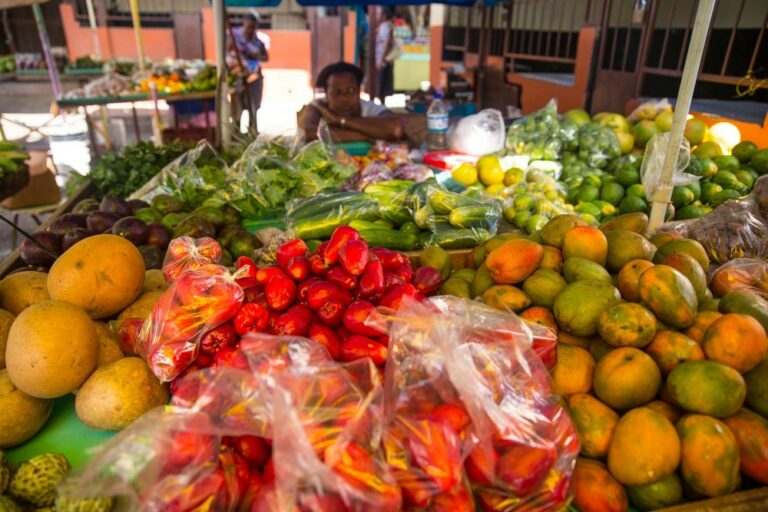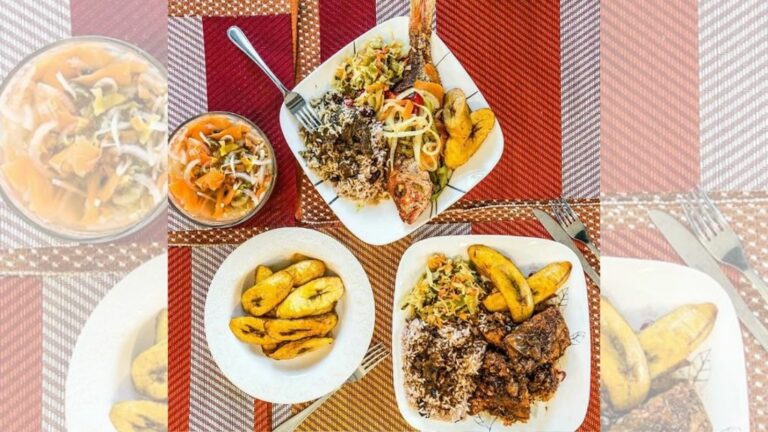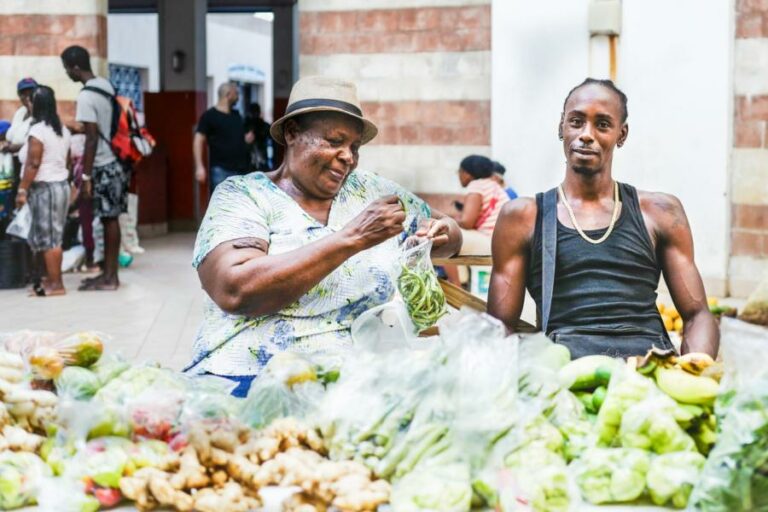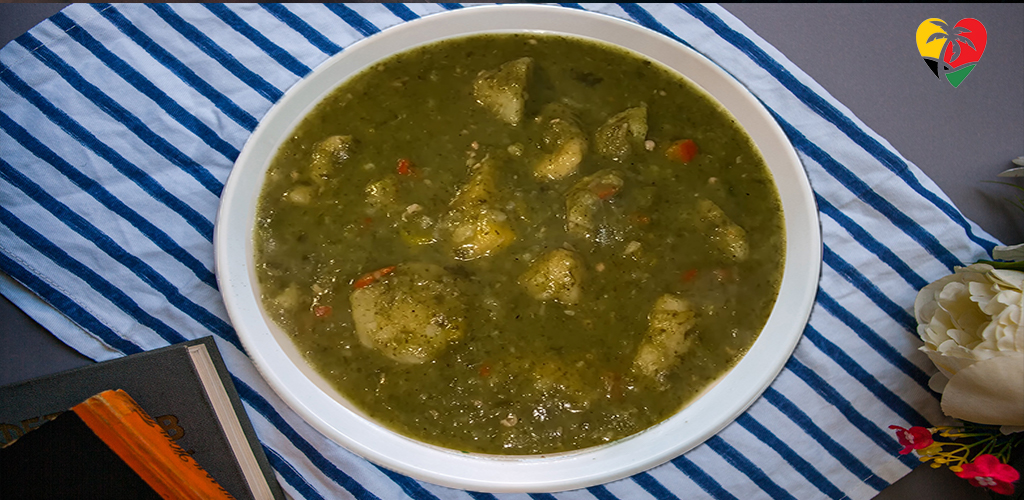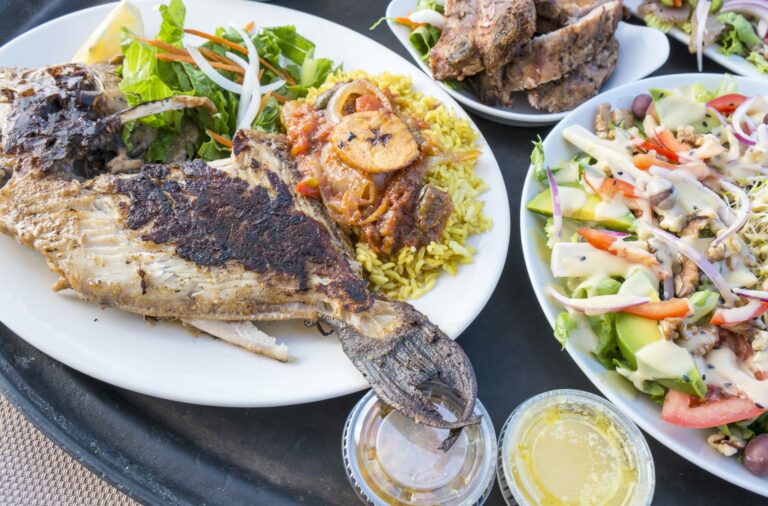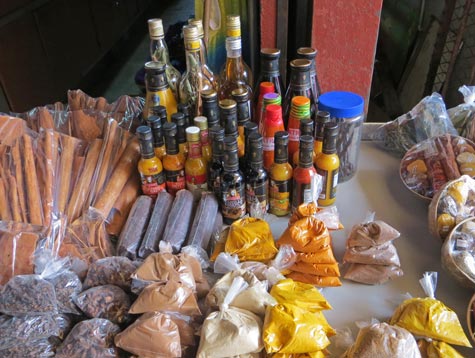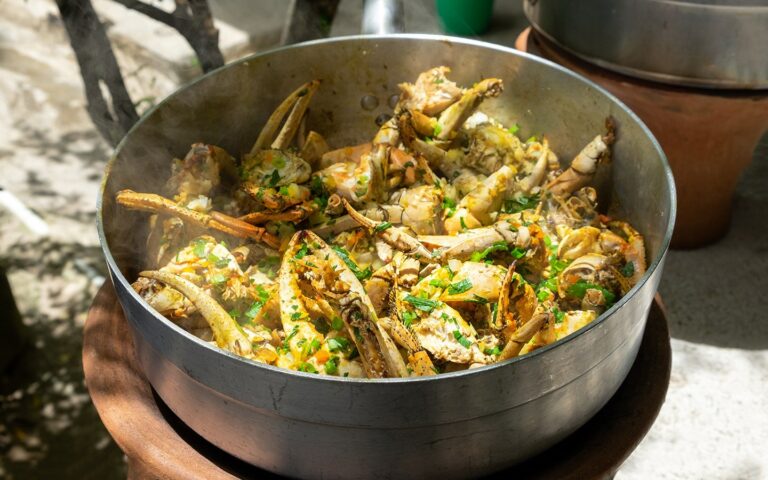Introduction: Exploring Saint Lucian Cuisine
Saint Lucia is a small island nation located in the Eastern Caribbean, known for its natural beauty, vibrant culture, and delicious cuisine. The country’s cuisine is a blend of African, French, and Indian influences, with a focus on fresh seafood, tropical fruits, and spices.
While Saint Lucian cuisine is known for its meat and seafood dishes, there are also many vegetarian options available. In this article, we will explore the vegetarian options in Saint Lucian cuisine, and examine the growing trend of veganism in the country.
Vegetarianism and its Relevance in Saint Lucia
Vegetarianism is a dietary practice that has been gaining popularity in recent years, as people become more health-conscious and environmentally aware. In Saint Lucia, vegetarianism is still a relatively new concept, but it is becoming more widely accepted and embraced.
Many Saint Lucians have traditionally relied on meat and seafood for protein, but there are also many locally-grown fruits, vegetables, and grains that can provide a healthy and satisfying vegetarian diet. As more people become interested in vegetarianism, there has been a growing demand for vegetarian options in restaurants and food markets.
Traditional Saint Lucian Dishes with Vegetarian Options
While many traditional Saint Lucian dishes are meat-based, there are also several vegetarian options available. One popular dish is callaloo, a soup made with leafy greens and coconut milk. Another traditional dish is ackee and saltfish, which can be made without the saltfish for a vegetarian version.
Other vegetarian options include vegetable stew, fried plantains, and rice and peas. These dishes are often served with a side of salad or fresh fruit, which adds to the nutritional value and flavor of the meal.
Modern Restaurants and Vegetarian Offerings
As Saint Lucia’s tourism industry has grown, so has the number of restaurants offering vegetarian and vegan options. Many modern restaurants in Saint Lucia now offer vegetarian versions of traditional dishes, as well as innovative vegetarian and vegan creations.
One popular restaurant is The Green Fig, which offers a wide range of vegetarian and vegan options. Some of their most popular dishes include vegan burgers, quinoa bowls, and plantain chips. Another popular restaurant is Spices Restaurant, which offers a vegetarian buffet with a range of local and international dishes.
Veganism in Saint Lucia: A Growing Trend
Veganism is a dietary and lifestyle choice that involves avoiding all animal products, including meat, dairy, eggs, and honey. While veganism is still a relatively new concept in Saint Lucia, it is becoming more popular among younger generations.
There are now several vegan-friendly restaurants and cafes in Saint Lucia, which offer a range of vegan options. Some popular vegan dishes in Saint Lucia include tofu stir-fry, vegan pizza, and raw vegan desserts.
Conclusion: The Future of Vegetarianism in Saint Lucian Cuisine
Overall, there are many vegetarian options available in Saint Lucian cuisine, from traditional dishes to modern creations. As more people become interested in vegetarianism and veganism, it is likely that the number of vegetarian and vegan options will continue to grow.
While meat and seafood will always be a staple of Saint Lucian cuisine, there is also a growing appreciation for the health and environmental benefits of a plant-based diet. As Saint Lucia continues to evolve and embrace new trends, it is likely that vegetarianism and veganism will become an even more important part of the country’s culinary landscape.


